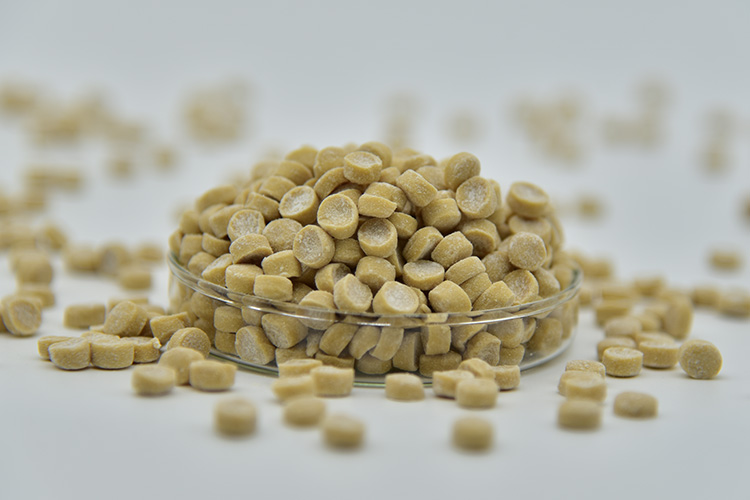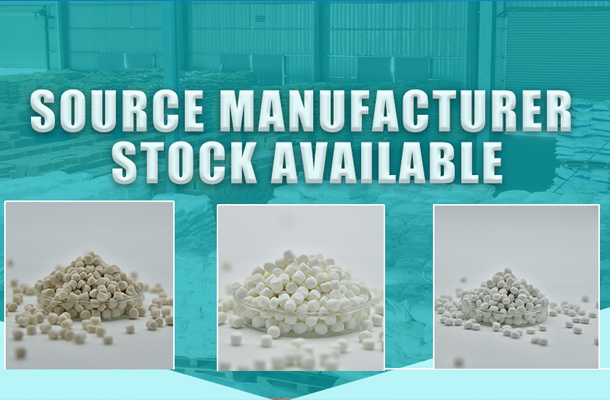Rubber auxiliaries, also known as rubber chemicals or processing aids, encompass a wide range of substances that are used in the manufacturing of rubber products to improve their properties and processing characteristics. Here are some major types of rubber auxiliaries:
Vulcanization (Curing) Agents:
- Sulfur: The traditional vulcanizing agent forming cross-links between rubber molecules.
- Accelerators: Speed up the vulcanization reaction; examples include thiazoles, sulphenamides, thiurams, and guanidines.
- Activators: Enhance the effectiveness of accelerators, often metal oxides like zinc oxide.
- Vulcanization Inhibitors (Retarders): Control or delay the curing process when needed.
Antidegradants:
- Antioxidants: Prevent or slow down oxidative degradation, e.g., hindered phenols, aromatic amines.
- Antiozonants: Protect against ozone attack, commonly used in outdoor applications.
Plasticizers and Softeners:
- Enhance flexibility and processability of rubber; examples include phthalate esters, adipates, and polymeric plasticizers.
Fillers and Reinforcing Agents:
- Carbon Black: Enhances strength, abrasion resistance, and conductivity.
- Silica: Improves tear strength, abrasion resistance, and hysteresis loss reduction.
- Organoclays: Provide reinforcement and barrier properties.
- Fibers (aramid, nylon): For additional strength and reinforcement.
Processing Aids:
- Lubricants: Facilitate release from molds and improve flow, e.g., stearic acid, waxes.
- Scorch Inhibitors: Delay premature vulcanization during processing.
- Release Agents: Aid in de-molding processes.
Blowing Agents:
- Generate gas bubbles to produce cellular rubber products like sponge rubber or foam.
Colorants and Pigments:
- Provide color to the rubber compound while maintaining physical properties.
Adhesion Promoters:
- Improve bonding between rubber and other materials, used in multi-layer structures or composite products.
Crosslinking Modifiers:
- Modify the degree or type of cross-linking to achieve specific properties.
Functional Additives:
- Flame Retardants: Make rubber less flammable.
- Antimicrobial Agents: Prevent growth of bacteria and fungi, important for medical and food contact applications.
- Conductive Additives: Carbon black, metallic powders, or special carbon fibers to make the rubber conductive for electrostatic discharge (ESD) protection.
These auxiliaries are carefully selected and combined to achieve the desired balance of properties in the final rubber product, based on its intended use and operating environment.








